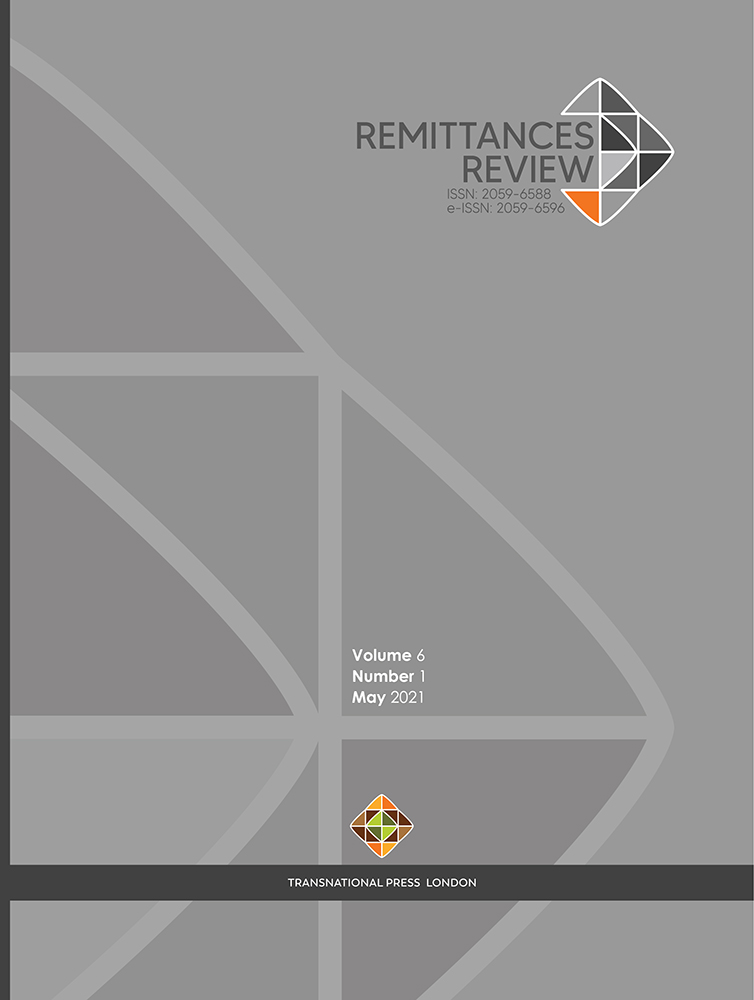Remittances and growth nexus in three transitional countries in the ASEAN region: A panel study with Static Random Effect Model
Remittances and growth nexus in three transitional countries in the ASEAN region: A panel study with Static Random Effect Model
Author(s): T.K. JayaramanSubject(s): Economy, Migration Studies, Financial Markets
Published by: Transnational Press London
Keywords: Remittances; financial sector development; output;
Summary/Abstract: Inward remittances (REM) are playing a major part in the economic growth process in the East Asia and Pacific region. Among the ten members of the Association of Southeast Asian Nations (ASEAN), six are low middle income countries (LMICs), which are supported by growing annual remittances from the rest of the world as well as four members of ASEAN, namely Brunei and Singapore, which are, two high income countries; and two upper middle income countries namely Malaysia and Thailand. Aside from augmenting real resources in the form of foreign exchange reserves, REM contributes to the alleviation of poverty by supplementing the recipient households’ incomes. Among the six LMICS of ASEAN, three countries, Cambodia, Laos and Vietnam, known as transitional countries since the mid-1990s towards a full market regime, received much less attention from researchers due to the inadequate number of annual data series for empirical studies. This paper is an attempt to fill the gap by a panel econometric study on REM and growth nexus during the 18-year period (2000-17). The findings are: (i) the REM inflows have been promoting economic growth; and (ii) the spread of Information and Communication Technology (ICT) has had a positive and significant influence, thereby confirming the similar finding of studies elsewhere that ICT plays an effective contingent role in the remittance-growth nexus.
Journal: Remittances Review
- Issue Year: 6/2021
- Issue No: 1
- Page Range: 3-20
- Page Count: 18
- Language: English

